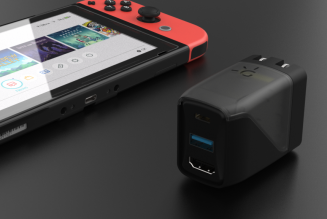Instagram’s ranking algorithm has long been scrutinized by users. The company lays out a few of the ways it chooses what users see.
Share this story

Instagram users have long theorized about how “the algorithm” works to rank content on the platform and why some users’ posts seem less visible than others. Now, Instagram is opening up the hood on its recommendation system to explain why you see certain posts — at least partially.
In a blog post, the company breaks down its ranking system by where a user will encounter content: the main feed, Stories, the Explore page, and Reels. There are countless pieces of information companies like Instagram use to predict what users will want to see and interact with, and there’s not one singular, all-knowing algorithm that drives recommendations. Unsurprisingly, it says a good portion of data used for ranking content comes from users themselves.
Stories, for example, are ranked in part by how often a user views an account’s updates and whether you interact with others via sending DMs or liking a Story. Instagram also tries to assess your relationship with an account, like whether someone is a family member or friend.
Reels recommendations pull in similar user data — Instagram says that what a user has liked, saved, shared, or interacted with informs what they’ll be shown next. Instagram is a little more explicit in how this shakes out: the company specifically points to the likelihood that a user will reshare a video, watch it to completion, like it, or click on the audio page as predictions. The visuals and audio used in videos as well as information about the person who shared it, like followers or engagement levels, also play a part in ranking Reels.
Platforms give users a variety of ways to try to control what they see. Meta has introduced “show more” and “show less” options on Facebook as a way for users to react to certain types of content. TikTok users can “dislike” videos and create a list of hashtags and words that they don’t want to see in their feed.
Whether these tools actually work, though, is questionable: some studies have suggested that user settings to fine-tune a recommendation system barely work.









